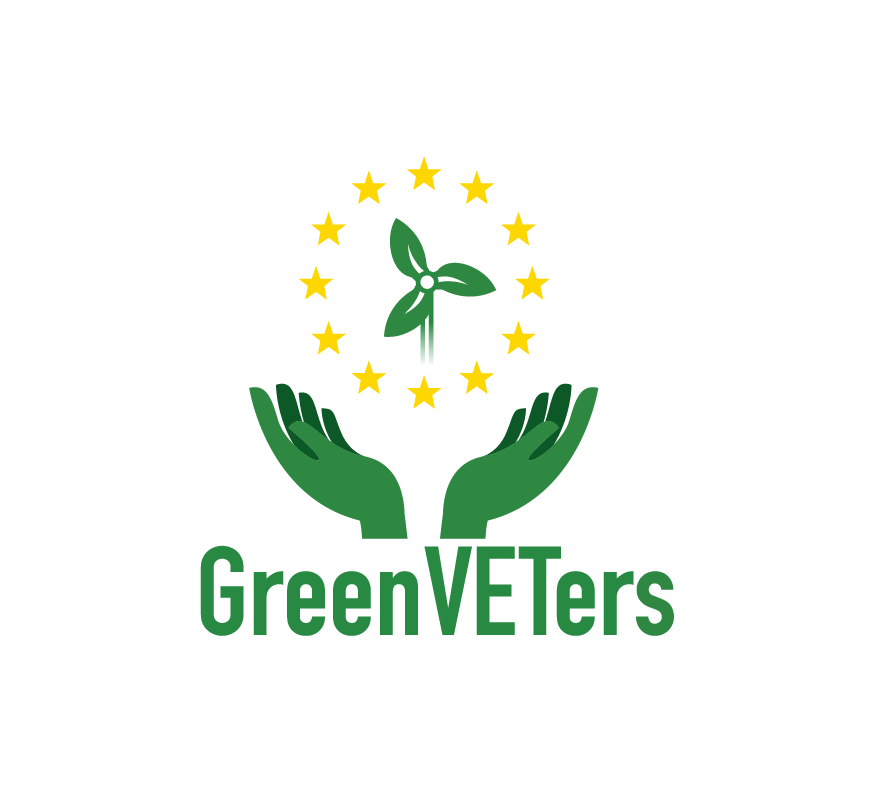- The EU Circular Economy Action Plan (CEAP) was created to increase global competitiveness, promote sustainable economic growth, and create new jobs. The CEAP focuses on resource-intensive industries -meaning industries that produce the resources and supplies of other industries- with strong circularity potential, to keep resources in economic cycles for as long as feasible. The Commission will implement all 35 actions listed in the action plan. Measures that will be introduced under the new action plan aim to make sustainable products the norm in the EU:
- empower consumers and public buyers
- focus on the sectors that use the most resources and where the potential for circularity is high such as electronics and ICT, batteries and vehicles, packaging, plastics, textiles, construction and buildings, food, water and nutrients
- ensure less waste
- make circularity work for people, regions and cities
- lead global efforts on circular economy
- The Regulation on Eco-design for Sustainable Products (ESPR) addresses the fact that product design can account for up to 80% of a product’s environmental impact. ESPR establishes new standards for the product design phase, that ensure durability, dependability, reusability, reparability, ease of maintenance, refurbishment, recycling, and energy efficiency.
- The “Farm to Fork Strategy” was established to ensure that agriculture, fisheries, aquaculture and the food value chain correctly contribute to the goal of a climate- neutral EU by 2050. The Strategy addresses food safety and affordability, the minimization of pesticide use, the promotion of organic farming, the reduction of food waste and loss and the improvement of animal welfare.
- The 2030 Biodiversity Strategy is a thorough, ambitious long-term plan aiming at the preservation of the environment, the prevention of ecosystem loss and the restoration of Europe’s biodiversity by 2030.
- The Zero Pollution Action Plan serves as a guide, mainly for the integration of pollution prevention into all pertinent EU programs. The plan contains goals for waste production, biodiversity, and pollution of the air, water, soil, and noise.
To ensure that EU policies are in line with the climate goals that the Council and the European Parliament agreed upon, the Fit for 55 packages is a set of 13 legislative proposals to review and update EU legislation and implement new initiatives. The package has been approved in 2021 and aims to make the EU’s climate, energy, land use, transportation, and taxation policies suitable for reducing greenhouse gas emissions by at least 55% by 2030.

